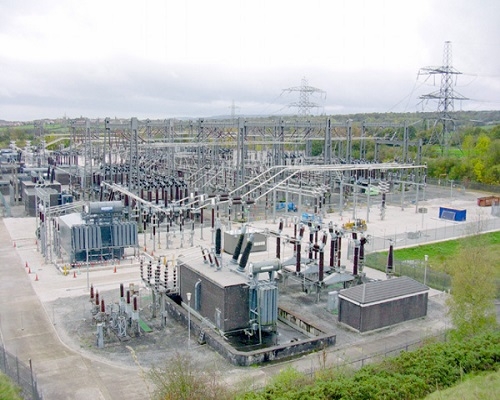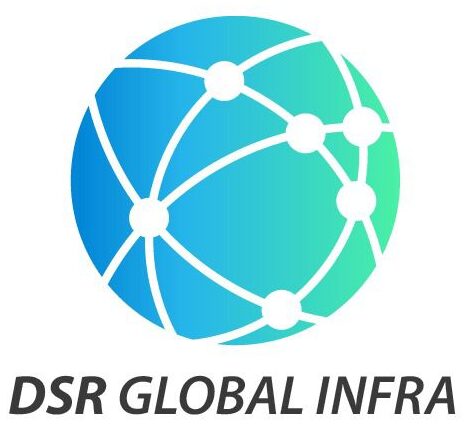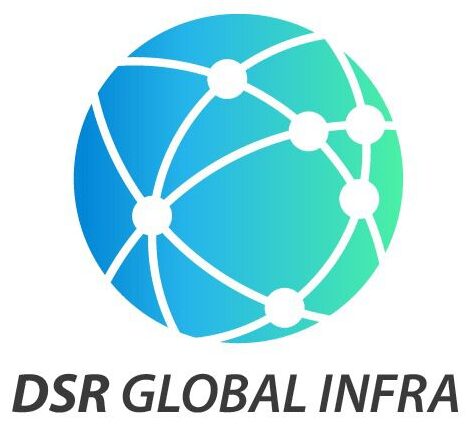
Electrical Substation
An electrical substation is a crucial part of an electrical distribution system, responsible for transmitting and distributing electricity from high-voltage transmission lines to lower voltage levels suitable for consumer use. Here are key aspects of electrical substations:
Purpose and Function: Electrical substations serve as junction points where electricity is stepped up or stepped down in voltage. They facilitate the efficient transmission and distribution of electrical power to end-users, whether residential, commercial, or industrial.
Components: Substations contain various components:
- Transformers: Step up or step down voltage levels between transmission lines and distribution lines or consumer use.
- Switchgear and Circuit Breakers: Control and protect the electrical circuits, isolating faults and managing power flow.
3. Design and Layout: Substations are designed based on factors such as voltage levels, power capacity, location, and safety regulations. They may be indoor or outdoor, depending on environmental conditions and space availability.
4. Operation and Maintenance: Substations require regular maintenance to ensure reliable operation and safety. This includes inspections, testing equipment, cleaning, and replacing components as needed.
5. Safety and Security: Substations are critical infrastructure and are secured to prevent unauthorized access and ensure the safety of personnel and the public.
6. Modernization and Automation: Advancements in technology have led to more automated and remotely monitored substations, improving efficiency and response times to faults or emergencies.
7. Environmental Considerations: Substations must adhere to environmental regulations, including noise levels, oil containment for transformers, and impact on wildlife and habitats.
8. Expansion and Upgrades: As electricity demand grows or technology changes, substations may need expansion or upgrades to accommodate increased capacity or integrate renewable energy sources.
Electrical substations play a vital role in ensuring the reliable and efficient delivery of electricity to consumers. They are complex systems that require careful planning, engineering, and management to meet operational needs and regulatory requirements.

